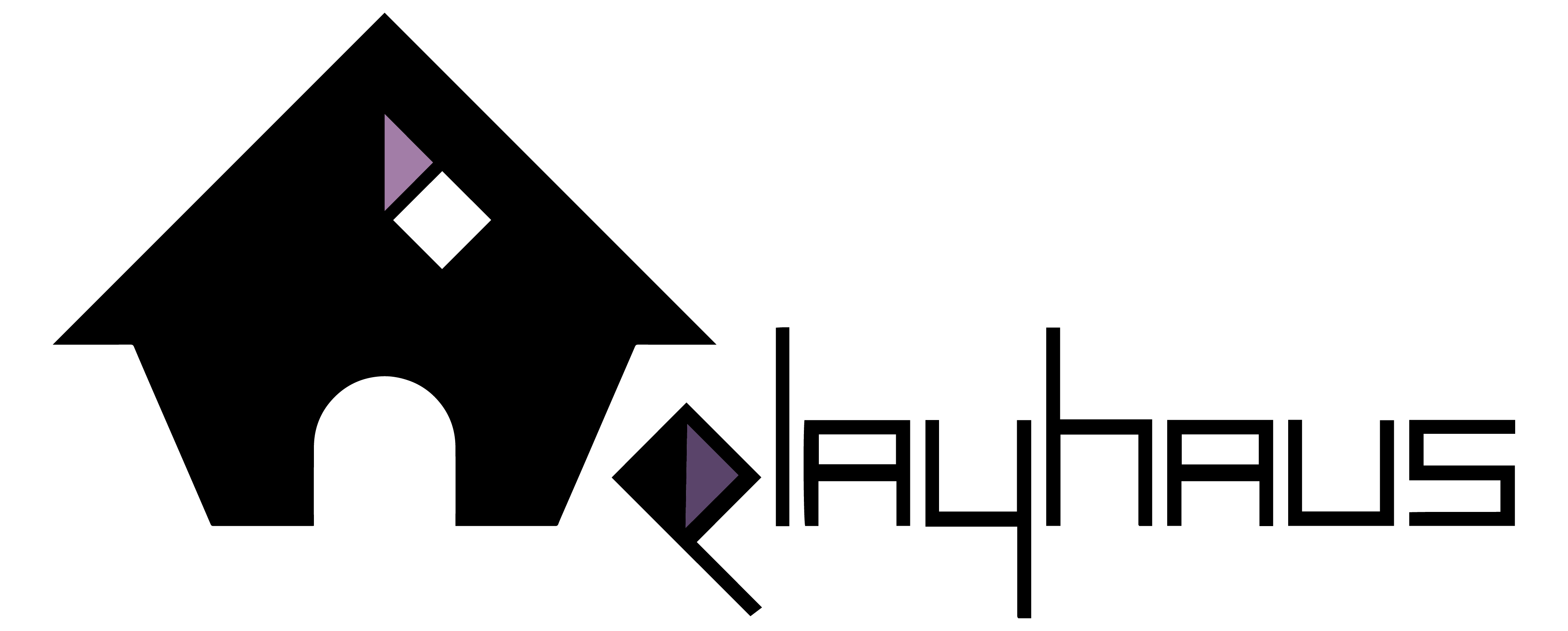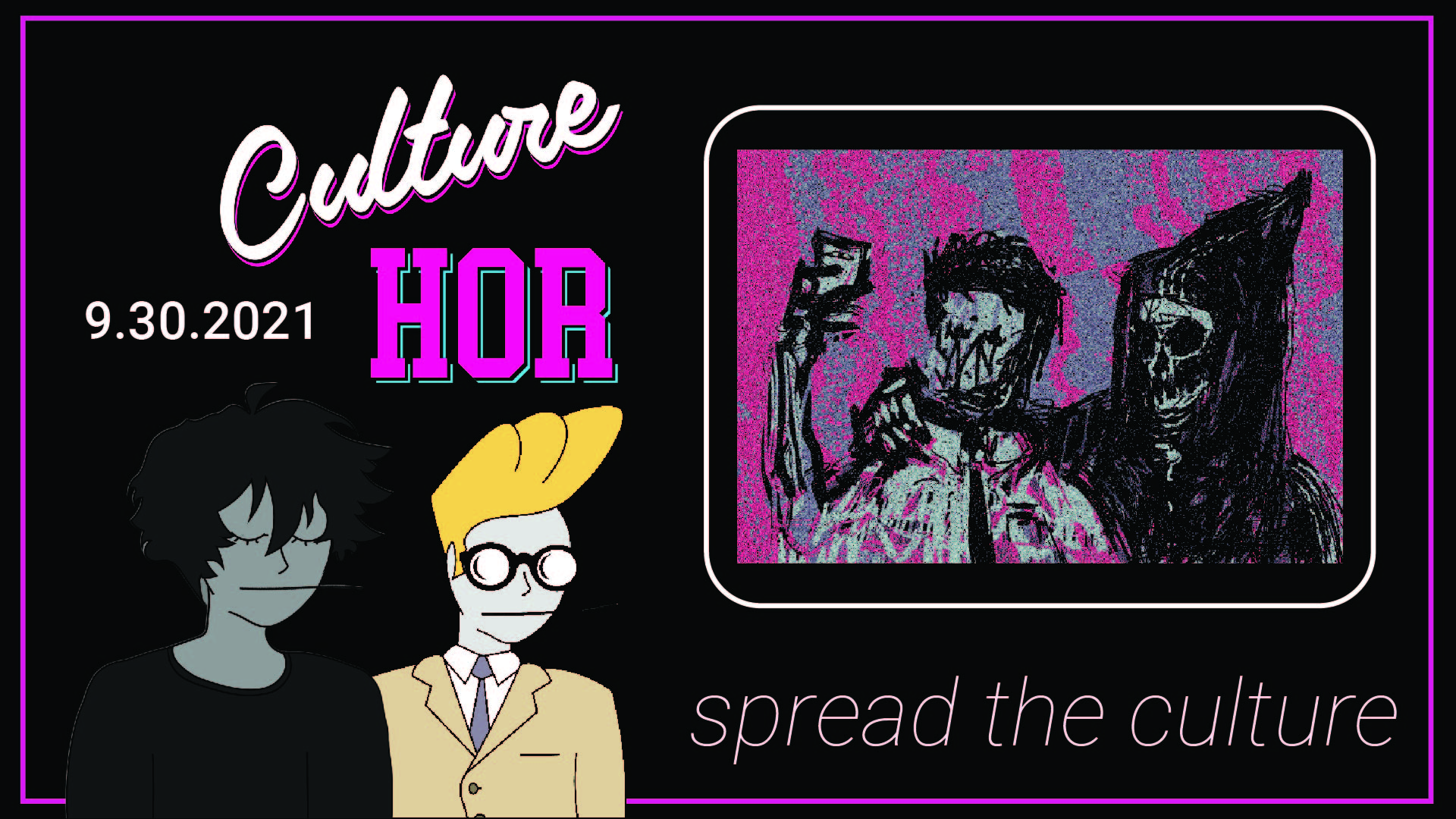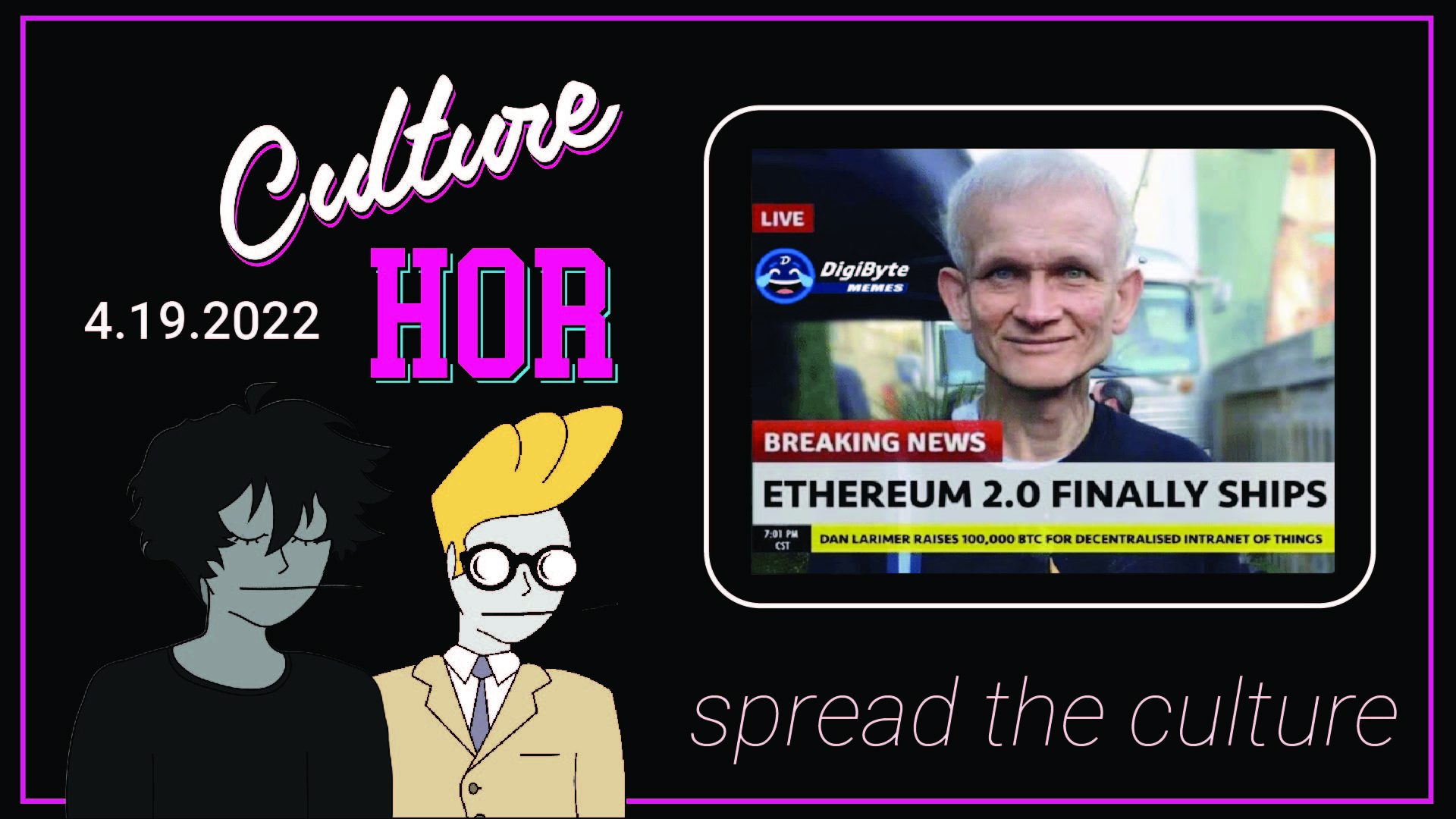GM HEARTLAND |
Did you know some dinosaurs were too heavy to support their own weight? Sauropods had to spend most of their lives wading in the ocean to buoy those big old necks. Walking through water is hard enough as it is. Now try doing it when you weigh 40 tons. All that to say, dinosaurs move slowly. So no wonder all the institutions waited until crypto was in a downturn to turn up. |
—El Prof, Muhammed & Chad |

DeFi Is In Its TradFi Era
2024 officially kicked off crypto’s Institutional Era.
Even the non-degens among you probably have heard all about the launch of Bitcoin ETFs by some of the world’s biggest financial institutions. But it’s not just the OG DeFi token getting all the TradFi love. As of this past week, fintech giant Stripe is back to taking crypto payments for the first time in six years. Initially, it will support transactions of only one token, the USDC stablecoin, and only three blockchains: Ethereum, Polygon, and… drumroll please… Solana.
Stablecoins are crypto tokens with their value tied to a separate asset class to hold steady value. So, while the price of a meme coin might vary wildly from hour to hour (or second to second) the price of USDC will remain constant at $1 USD forever. Well, supposedly. Of course, stablecoins haven’t always turned out to be so stable. TerraUSD, also pegged to $1, collapsed over the course of a couple days in 2022 along with its companion coin $LUNA, the Terra network at large, and countless investors’ life savings.
However, USDC—created by a consortium co-founded by Circle and Coinbase, and subject to monthly attestations by Deloitte—theoretically has the institutional support to avoid a similar outcome, as further evidenced by Stripe’s co-sign. This makes it the ideal jumping-off point for the crypto-curious. It’s fast and flexible enough to liquidate positions in more volatile tokens on short notice, while remaining decentralized, secure, and, yes, stable.
That separates it from a Central Bank Digital Currency (CBDC). CBDCs, although also indicative of the widespread institutional embrace of crypto, inspire palpable unease (particularly among right-wingers) primarily because they are the opposite of decentralized. Which, like, fair enough—the idea of a government getting its fingers into the one remaining currency system outside of federal control isn’t particularly appealing to me either. Fortunately, though, I doubt that’s how it’s going to go down.
The reality is we live in a free market system (or something that’s supposed to resemble one) so the illusion of choice means will likely have several distinct CBDC’s that are all roughly equal in value by being pegged to the physical fiat concept of the same name. The proliferation of synthetic digital dollars— USDC, USDT, USDP, so on—is indicative of this, and I expect regulatory capture and the entrance of established players means the endgame is near.
That being said, a crypto-railed economy is an exciting development in the world of web3 adoption. The truly savvy crypto enthusiasts among us know that no amount of regulatory capture will be able to contain this decentralized ecosystem. Sure, that won’t stop them for trying. But if traditional institutions do succeed in crypto pill-ing the mainstream, well, all the better for the rest of us freedom lovers who understand the true nature of this technology.
—El Prof
Do you wish marketing your business were as easy as asking your assistant for “that thing I want from that place we went that one time?” Now, it can be.
Meet growbot, playhaus’ personal growth assistant. With growbot, simply connect your tech stack, upload your creative assets, provide a clear simple goal in layman’s terms (verb + noun), and, in the case of buying ads, attach a monetary budget. growbot will handle the rest, crafting and deploying the optimal strategy to grow your subscribers, followers, sales, and more.
Want to make your dollars go 30% further? We currently offer free growbot demos and are taking on alpha clients through our advertising agency.

Gamification: The Power To Engage And Motivate
Here’s the type of headline I never thought I’d read again after 2021: Dave & Buster’s is partnering with a gamification platform to gamify its games.
The eatertainment behemoth is capitalizing on the ongoing normalization and legalization of betting by allowing customers to wager on its arcade games, and it’s partnering with Lucra, a “tech provider of gamification services”, to do so. In other words, Dave & Buster’s is going full degen—and, no, I don’t (just) mean degenerate gambling. In a very different but equally relevant example of institutions embracing crypto concepts, the company is breathing new life into an old web3 buzzword: Gamification.
For those who missed the last cycle, gamification is a process that involves integrating game elements and mechanics into non-game contexts, such as websites, apps, and marketing campaigns, with the aim to increase user engagement and motivation. This approach has gained significant popularity in recent years as businesses and organizations seek innovative ways to connect with their audiences and encourage desired behaviors.
At its core, gamification taps into our natural desire for competition, achievement, and recognition. By incorporating elements like points, badges, leaderboards, and rewards, gamification creates a sense of fun and challenge, motivating individuals to participate and strive for excellence. This approach has a broad application range, from education and training to customer loyalty and employee productivity.
One significant benefit of gamification is its ability to boost user engagement. By making tasks more interactive and enjoyable, gamification encourages participation and can drive business results. For instance, a company might create a gamified rewards program, like a points system with badges and leaderboards, to incentivize customers to make repeat purchases or refer friends.
Gamification can also help individuals stay motivated to achieve their goals. It provides a sense of progress and accomplishment, which encourages people to stay focused and committed. This approach has been particularly effective in areas such as fitness and wellness, where apps like Pokémon Go, which uses gamification elements to encourage walking and exploration, have helped millions stay motivated and reach their goals.
Big picture, gamification can positively impact and change our interactions with technology and each other. By utilizing game design and psychology, businesses and organizations can create more engaging and rewarding experiences that drive real results—or, at least, higher Pac-Man scores.
—Muhammed




